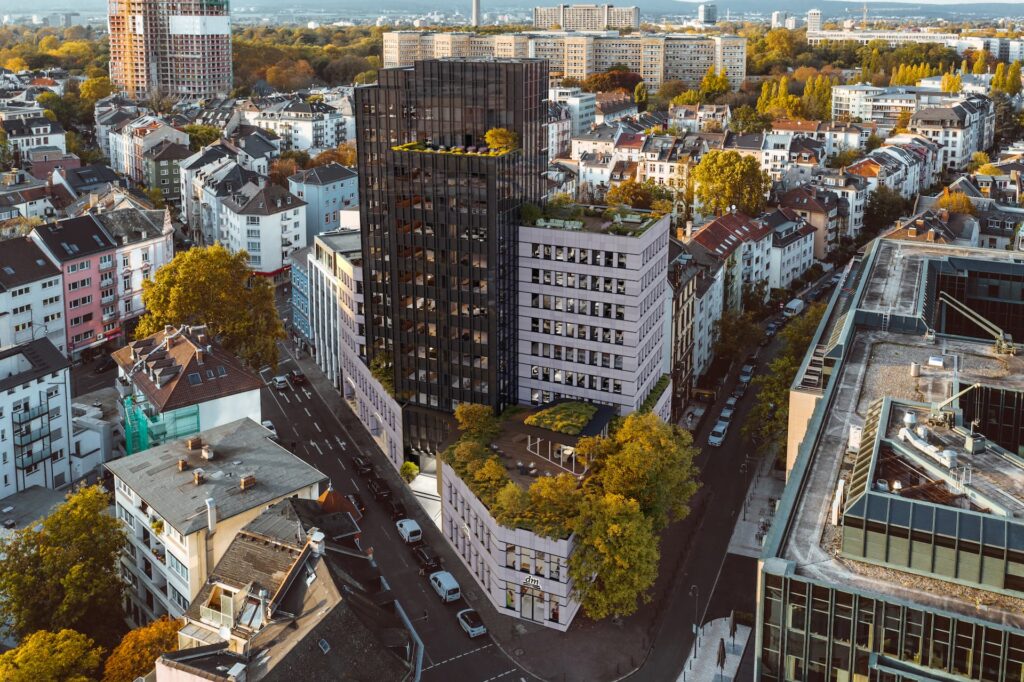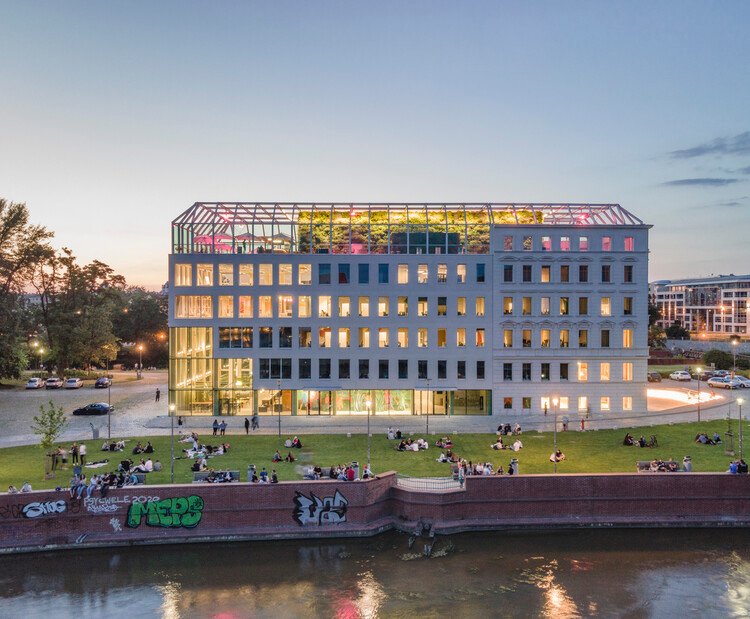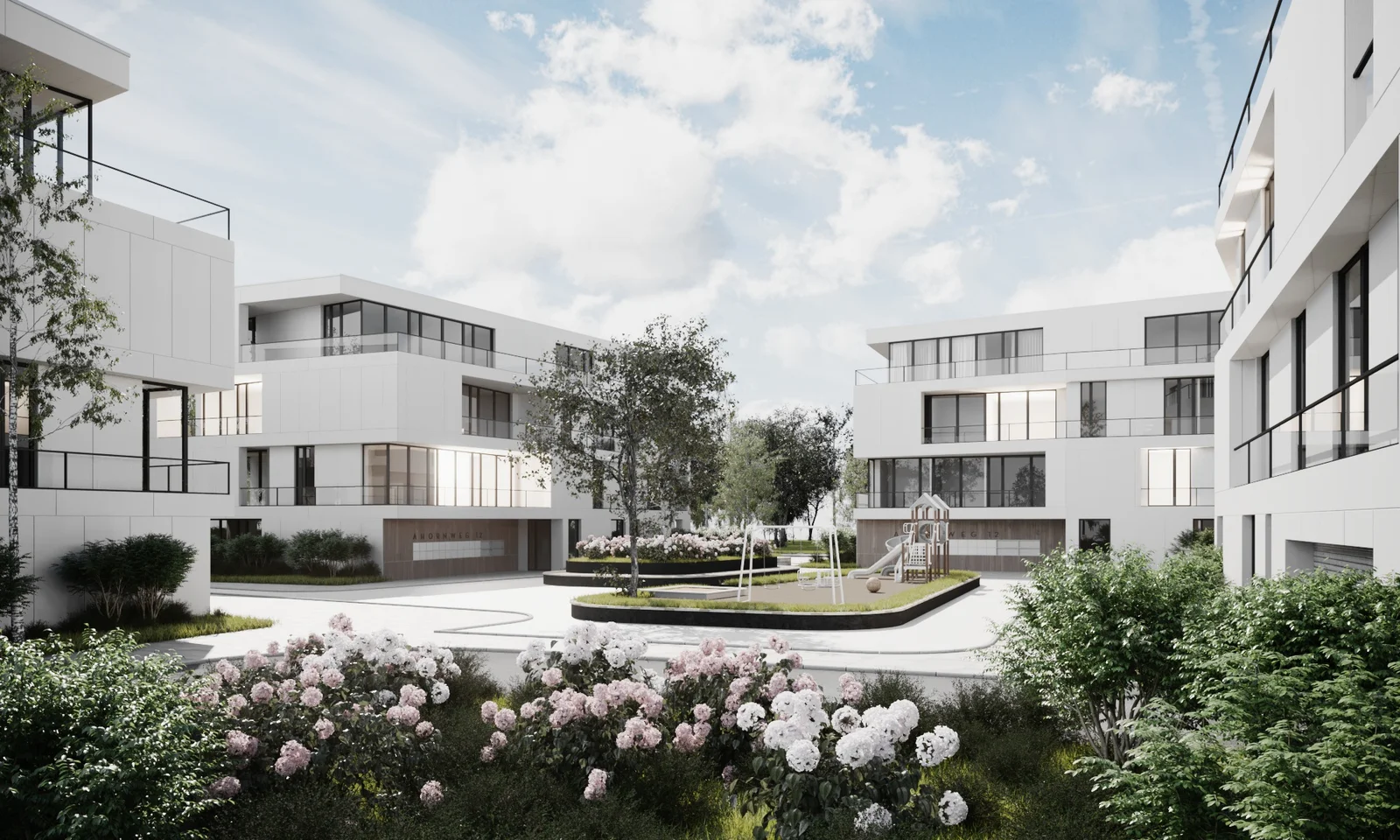Mastering Reflection in Glass Facades for Urban Skylines
Urban skylines, often dominated by towering buildings of glass and steel, have become a signature sight of the modern world. A key element of these architectural marvels is their glass facades, which not only offer breathtaking panoramic views but also serve as a canvas that reflects the dynamic nature of city life. This blog post delves deep into the art of mastering reflection in glass facades, a subtlety that can elevate an urban skyline from ordinary to extraordinary.
The Art of Reflection in Glass Facades
As skyscrapers reach for the stars, their glass facades provide a unique opportunity to capture and reflect the ever-evolving cityscape. The reflection in these facades is far more than just a mirror image; it’s a blend of design, science, and art that contributes to the overall aesthetics and identity of the city.
Understanding the Science Behind Reflections
Before delving into the artistry, it’s crucial to understand the science behind reflections. Essentially, when light rays hit the surface of the glass, some are absorbed, some pass through, and others bounce back, resulting in a reflection. The type and quality of glass, its curvature, and the angle at which light hits the surface, all play a pivotal role in determining the nature of the reflection.
Manipulating Reflections Through Design
Architects and designers have the power to manipulate reflections in glass facades to create visually stunning effects. This involves careful selection of materials, strategic positioning of the building, and innovative design techniques. The aim is to create reflections that enhance the aesthetic appeal of the building while also contributing positively to the urban skyline.
Understanding the Science behind Reflection in Glass Facades
The Nature of Light and Reflective Surfaces
To master the reflection in glass facades for urban skylines, it is crucial to understand the nature of light and how it interacts with reflective surfaces. Light is a form of energy that travels in waves and interacts differently with various materials. When light encounters a smooth, flat surface like a glass facade, a significant portion of the light is reflected, leading to the mirror-like effect we often see in skyscrapers.
The Role of Glass Composition and Coatings
Another essential factor in the reflection of light in glass facades is the composition of the glass itself and any coatings applied to it. Glass facades for buildings are typically made of float glass, a type of glass known for its flat, smooth surface. This type of glass can be coated with various materials to enhance its reflective properties. For instance, a metallic coating can increase the reflectivity of the glass, resulting in a stronger mirror effect.
The Impact of Incident Light Angle
The angle at which light hits the glass facade also plays a crucial role in the reflection. When light rays hit a surface at a perpendicular angle, they are reflected back directly. However, as the angle of incidence increases, the light rays are reflected at an equal but opposite angle. This can result in interesting visual effects, especially in urban skylines where the angles of incidence can vary significantly due to the presence of multiple buildings and the position of the sun.
The Art of Mastering Reflection in Glass Facades
Designing with Reflection in Mind
To master reflection in glass facades for urban skylines, architects and designers need to consider the reflective properties of their materials and designs. This means thinking about the angle of the building, the type of glass used, and any coatings or treatments that might enhance or decrease reflectivity. It’s a delicate balance between aesthetics, practicality, and environmental considerations.
The Role of Simulation Tools
Given the complexity of predicting how light will interact with a glass facade, simulation tools have become invaluable in the design process. These tools can model how light will reflect off a building’s facade, allowing architects and designers to anticipate and adjust their designs to achieve the desired effect.
Reflection in Glass Facades and the Urban Environment
The Environmental Impact of Reflection
While the reflection in glass facades can create stunning visual effects, it also has environmental implications. The reflected sunlight can contribute to the urban heat island effect, whereby cities become significantly warmer than their surrounding rural areas. This can increase energy consumption for cooling and exacerbate climate change.
Ways to Mitigate Environmental Impact
To mitigate these environmental impacts, architects and designers can use strategies such as strategic shading, using tinted or low-reflectivity glass, or incorporating greenery into the building design. These solutions can help manage the amount of light reflected, reducing the environmental impact while still allowing for stunning reflective effects in the urban skyline.
By understanding the science behind reflection and incorporating thoughtful design strategies, architects and designers can master reflection in glass facades, creating visually stunning urban skylines that are also environmentally conscious.In conclusion, mastering reflection in glass facades for urban skylines is not only an artistic endeavor but also a scientific pursuit. It’s about understanding the interplay between light, glass, and the surrounding environment to create beautiful urban landscapes that inspire and captivate. By utilizing advanced architectural design techniques and innovative materials, architects and designers can create stunning glass facades that perfectly reflect the vibrancy of the city. Ultimately, it’s about creating a seamless blend of urban life and natural beauty, enhancing the aesthetic appeal of our cities while also promoting a sense of harmony and balance. So, let’s continue to push the boundaries of creativity and innovation in our quest for mastering reflection in glass facades for urban skylines.







